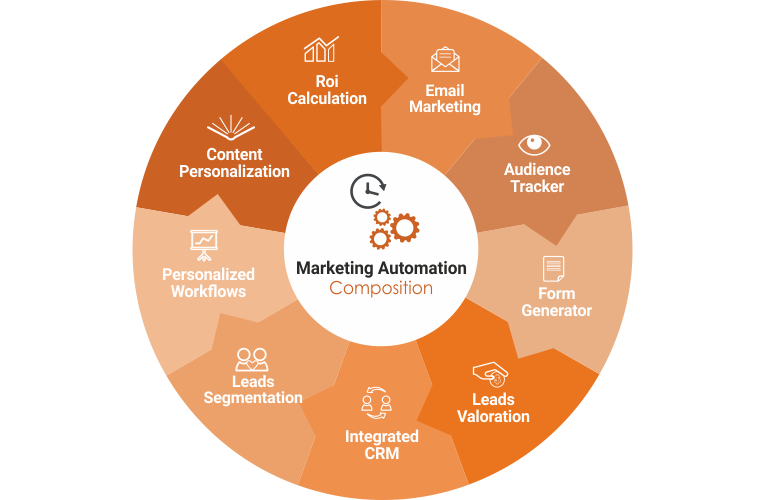5 Automated Marketing Rules You Must Follow
If you work with marketing you should know how difficult it is to keep up with customers today. They do in-depth research before any purchase and expect brands to be relevant and help them at all stages of the consumer process. This soun
If you work with marketing you should know how difficult it is to keep up with customers today. They do in-depth research before any purchase and expect brands to be relevant and help them at all stages of the consumer process.
This sounds like a lot, but the same technological advances that have given all this power to increasingly demanding customers can also help your brand.
Machine learning is a tool that helps your work meet people's expectations. It serves to create automated marketing campaigns on a large scale, delivering the right message to the right consumer, in the right place and at the right time, pleasing people to the right extent and delivering the results expected by advertisers.
According to data from hundreds of brands using machine learning to improve their marketing strategies, the best results are obtained by those who follow five fundamental rules to succeed in this era of automated marketing.

1. Optimize for growth, not for efficiency
Machine learning only works for what we do optimize. If some brands are obsessed with efficiency, or by measuring each die separately, the best performers seek profitable growth and have a holistic view of marketing.
One example is HomeAway. When it focused on long-term profit rather than short-term ROI, the company was able to grow dramatically and even increased revenue for 2017 by 115% over the previous year.
Another case is online financial services companies like Betterment. Instead of focusing only on search or just video, the company put the two to work together. He followed the signs of intent from those who searched for keywords linked to the financial system on Google to engage those same people on YouTube. As such, the brand significantly improved its campaign on the video platform, and also increased brand searches by 245% on Google.
2. Conquer the best customers
You may have heard the general rule that 20% of customers generate 80% of profits. But most advertisers win new customers as if they are all the same. Instead of investing in people less likely to deliver results, the best professionals use machine learning to focus on the most valuable customers in the long run - that is, they are automatically reaching people with higher customer lifetime values.
There are recent data from tourism companies that have found that the best customers are not always the ones who book the more expensive trips, but those who travel more often. That is why the industry focused on these high-value customers, rather than giving importance to short-term ROI.
Using machine learning, brands profit more from customers with whom they are more likely to do more business and over time.
3. Earn more with the customers you already have
The best professionals focus on increasing the CLV of current customers. By gaining more over time with each customer, brands can invest in winning more people. Better than that: they earn even more customers than the competition.
The best professionals increase CLV using machine learning to improve cross-selling and reduce losses. For cross-selling, the brands map out what the customer is thinking about buying and anticipate by announcing just that product. To reduce losses, brands identify high-value customers who are at risk of not buying, and make unique offers to increase retention.
After launching its first cross-selling and loss-reduction campaign, Allstate insurer increased retention 2.4 times, and found that cross-selling was 4 times more efficient than repurchasing customers.
4. Enhance your creative
In a world where digital marketing is increasingly automated, the power of your brand, the personalization of your ads and the emotional connection you create with people, make all the difference.
In search campaigns, machine learning can create hundreds of tailored ads for a single keyword, using a tool called a responsive search ad. It creates unique pieces from some titles and descriptions, automatically impacting the right person the right way.
On YouTube, some advertisers use machine learning to customize content on a large scale. Frito-Lay has identified YouTube's most popular content categories for every audience since the 1990s. They've used the Youtube Director Mix tool to create a variety of pieces for each of these major categories.
In the end, they configured the campaign so that the right piece hit the right person at the right time. Anyone who decides to watch a clip, for example, can be impacted by a piece that has to do with music.
5. Invest in the best mobile experiences
No matter the beauty or efficiency of your ad. If the mobile experience you offer is bad, your customers will not convert. And the best professionals understand the value of quick, non-scared experiences.
With automated marketing, bidding algorithms with machine learning automatically direct customers to sites that convert better. So sites that do not do so well on the mobile are behind.
We see brands adopting new technologies such as Progressive Web Apps or Accelerated Mobile Pages to increase the speed and experience of their mobile sites. For example, Alibaba, which already has a fabulous conversion rate, launched a Progressive Web App and saw its conversions increase by 76%. Yeah...
Article Moral
Top professionals are usually better than others in all five of these rules. Have you thought about competing with a marketeer who focuses on maximizing profits instead of efficiency, which focuses on acquiring the best customers, who makes more money for each customer acquired, whose website converts better and has better and more attractive content?
In the web market where everyone chases their place in the sun, what hypotheses will you have against top professionals?
